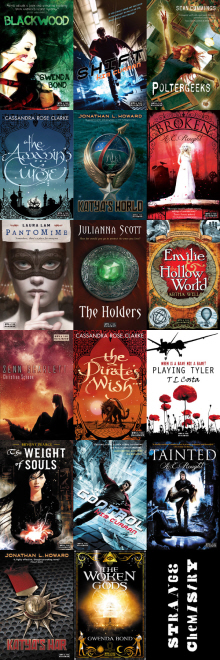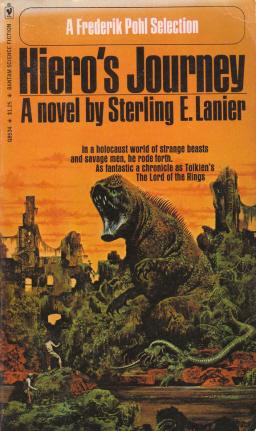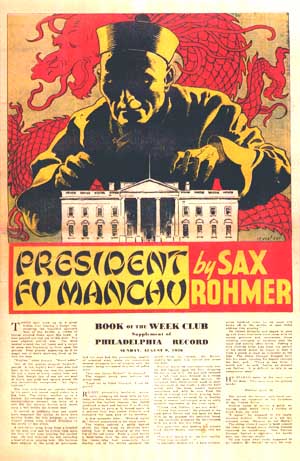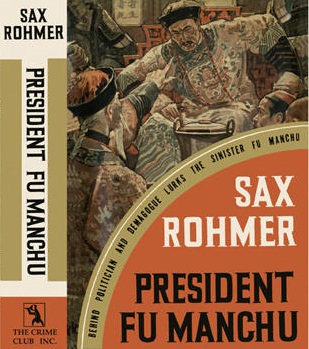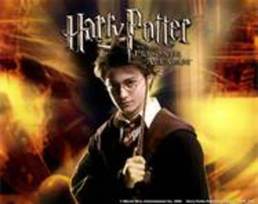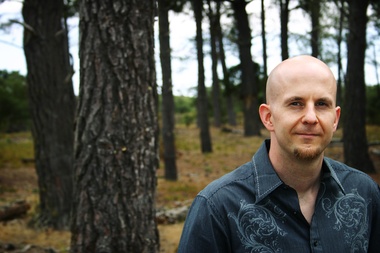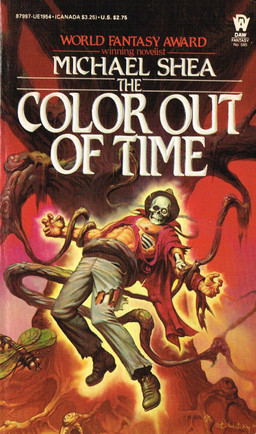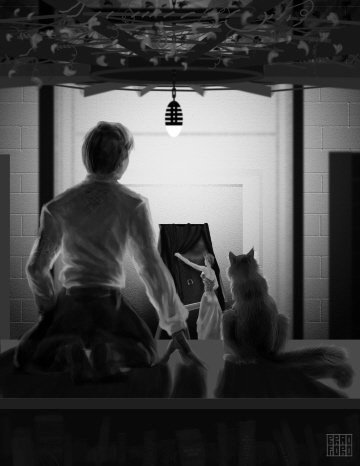The Opposite of the Uncanny: Wonder and The Night Circus
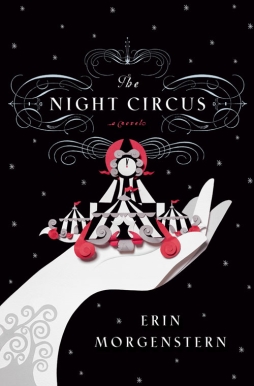 ‘Magic’ is an elastic metaphor. Among its many possible uses is that of a descriptor for something that happens in performance, especially live performance: the magic of an actor possessed by a character, the magic of a given moment invested with wonder and remaining in the memory, though inevitably passing away. The magic of stage magicians isn’t in the sleight-of-hand; it’s in the effect on the audience. The related magic of the carnival — the amusement park, the theme park — is a kind of second-person secondary-world magic. You are there. You are in a conjured fantasyland. A circus, in this reading, isn’t about the stink of animals or the scutwork of putting up tents and preparing performance spaces; it’s about the feeling the show tries to inspire. It is, potentially, for some, a venue for magic — transient, susceptible to thinning, but capable of generating wonder.
‘Magic’ is an elastic metaphor. Among its many possible uses is that of a descriptor for something that happens in performance, especially live performance: the magic of an actor possessed by a character, the magic of a given moment invested with wonder and remaining in the memory, though inevitably passing away. The magic of stage magicians isn’t in the sleight-of-hand; it’s in the effect on the audience. The related magic of the carnival — the amusement park, the theme park — is a kind of second-person secondary-world magic. You are there. You are in a conjured fantasyland. A circus, in this reading, isn’t about the stink of animals or the scutwork of putting up tents and preparing performance spaces; it’s about the feeling the show tries to inspire. It is, potentially, for some, a venue for magic — transient, susceptible to thinning, but capable of generating wonder.
Which brings me to Erin Morgenstern’s 2011 novel, The Night Circus. Set in the years leading up to and just after the start of the twentieth century, it tells the story of a kind of duel between two magicians, fought by proxy through talented pupils. Both pupils are recruited at a young age, and brought up to compete in the contest knowing nothing about the nature of the duel, not the rules, not how to win, not even who their opponent is. But this much swiftly becomes clear to them: the scene for the contention will be a fantastical circus, Le Cirque des Rêves, travelling through the great cities of the world.
We follow the story through the eyes of both contestants: Celia, the circus’s magician, and Marco, who assists the (non-wizardly) man who puts the circus together — Marco doesn’t travel with Le Cirque des Rêves, but plans tents filled with magical effects. The duel, Marco and Celia soon realise, is based around rival performances: each striving to outdo the other in creating wonder, therefore building a circus, incidentally filled with other performers and obsessed fans, dedicated to art. As the story moves easily back and forth through time, we also get several other perspectives on events, brief chapters constructing an artful, patterned plot that resolves nicely at the climax. The highly-worked plot mirrors the highly-worked nature of the book. The writing aspires to elegance, sometimes perhaps too obviously, relying too much on single-sentence paragraphs, but always displaying a striking visual imagination.
